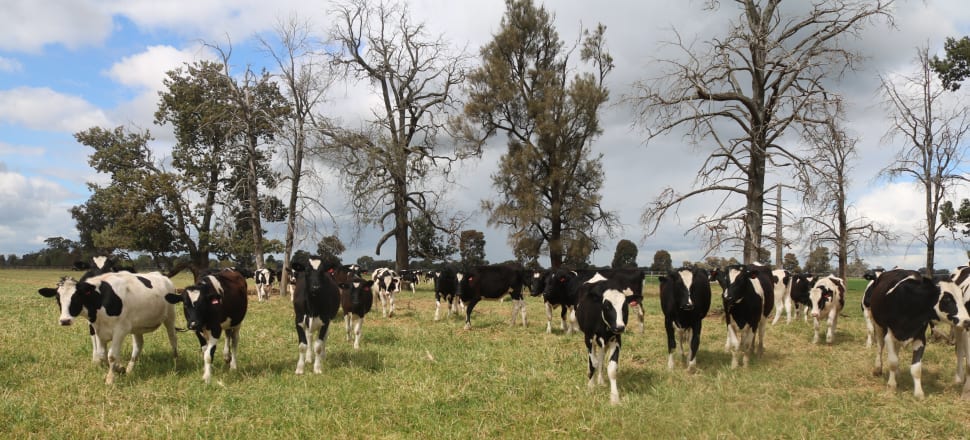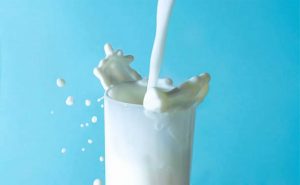On one hand, the global economy and commodity markets have been thrown into turmoil following the COVID-19 outbreak.
While on the other, many Australian regions saw a turnaround in seasonal conditions, leading to a recovery in milk production.
Dairy Australia’s recently released June Situation and Outlook report highlights how a timely turn in seasonal conditions has provided a more optimistic outlook for the season ahead, while the social and economic impacts brought on by the spread of COVID-19 continue to pose risks for the months ahead.
Heading into the new season the tables had begun to turn; many regions experienced an early break and indications of ongoing wet weather.
As a result, demand for purchased feed decreased and hay prices eased across the south-eastern states.
Despite general improvements, conditions remain varied across the country.
A dry start to the year in south-west Western Australia sustained high hay prices and lowered the crop production forecast (compared to last year).
Meanwhile, limited fodder availability in Tasmania has kept hay prices elevated.
Overall, with more favourable conditions and a return to near average crop production, the outlook for next season’s purchased feed market has improved.
With more manageable input costs, favourable seasonal conditions and a relatively strong farm gate milk prices this season, overall industry confidence has improved.
According to data from the National Dairy Farmer Survey, conducted in February, 44 per cent of farmers were reportedly positive about the industry’s future, up 10 per cent from last year.
Own business sentiment appears to be closely correlated to a farmer’s reliance on the purchased feed market and weather.
Improved confidence and positive weather developments have resulted in a significant recovery in Australia’s milk pool.
National milk production has increased year-on-year for consecutive months leading to April.
Given the extent and persistence of this turnaround, Dairy Australia has moderated its milk production outlook for 2019-20, to indicate a drop of between one and three per cent, compared to 2018-19.
This would equate to an annual total of between 8.5 and 8.7 billion litres.
The production recovery remains localised to a few regions and is mainly driven by strong growth in Tasmania and Victoria.
In comparison, high input costs have constrained production in other regions, such as WA and Queensland.
As seasonal conditions have continued to rally, Dairy Australia’s initial forecast for the 2020-21 season anticipates a modest rebound in milk production, up between one and three per cent.
While on-farm conditions turned more favourable, the outbreak of COVID-19 has caused widespread market disruption both locally and internationally.
The virus has led to significant change in consumer purchasing behaviour with implications on demand for dairy both domestically and internationally.
Locally, this led to a temporary overall increase in dairy sales, as consumers stocked up pantries and fridges in preparation for restrictions.
Since then sales through retail outlets have stabilised, but demand for fresh milk, yellow spreads, cheese and yoghurt remain elevated.
In comparison, sales of dairy products through non-grocery channels, such as food service, restaurants and cafes have plummeted.
As the non-grocery sectors typically act as a significant value generator for the dairy industry, this drop is likely to impact value creation opportunities throughout the supply chain.
Meanwhile, overseas the ongoing restrictions saw demand for dairy ease, particularly from the food service sectors and price-sensitive markets.
While the initial panic that followed the outbreak has begun to settle, global dairy demand remains under pressure. Particularly as economic outlooks around the world deteriorate and national and per-capita incomes are likely to decrease in many countries.
This is expected to impact demand for premium-priced dairy products.
During this time when global dairy markets have been increasingly volatile, the Australian dairy industry has started to show signs of a timely turnaround.
Sustained improvement to input costs and an increased number of farmers feeling confident about the new season, will be crucial for continued milk production growth for the season ahead.
– Sam Leishman, Dairy Australia













